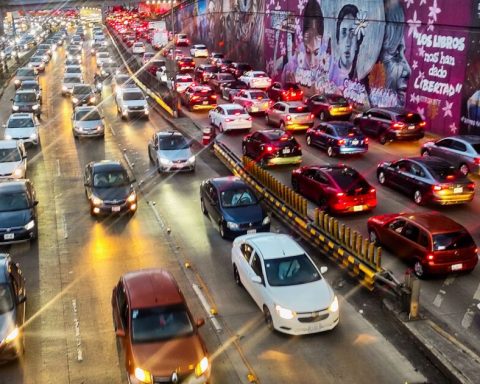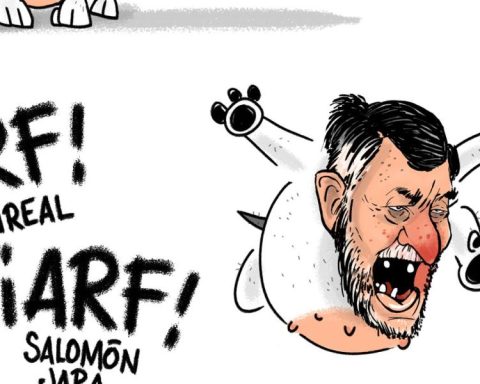“Inflation was above the market expectation of 6.2%, which could generate speculation about the terminal rate of the Fed’s monetary policy,” said Gabriela Siller, director of financial economic analysis at Banco Base.
Monthly inflation was partly driven by higher gasoline prices, which rose 3.6% in January, according to data from the US Energy Information Administration.
The expenditure weights used to calculate the CPI were also updated from the January report. The new weights, which were published on Friday, reflect consumer spending in 2021.
Now the share of housing in the CPI has been raised, but the weights of transport and food have been reduced. The revisions, updated seasonal factors, and new weights led some economists to raise their CPI forecasts.
However, inflation is slowing, allowing the Fed to continue its small pace of rate hikes next month.
The moderation in price pressures reflects tighter monetary policy, which weighs on demand, as well as better supply chains. However, it will be a while before inflation returns to the Fed’s 2% target as sticky rents and a tight labor market keep utility prices high.
The US central bank has raised its policy rate by 450 basis points since last March, from near zero to a range of 4.50% to 4.75%, with most of the increases between May and December. Economists believe the Fed could raise this rate above the 5.1% high it projected in December and keep it there for some time.
With information from Reuters














